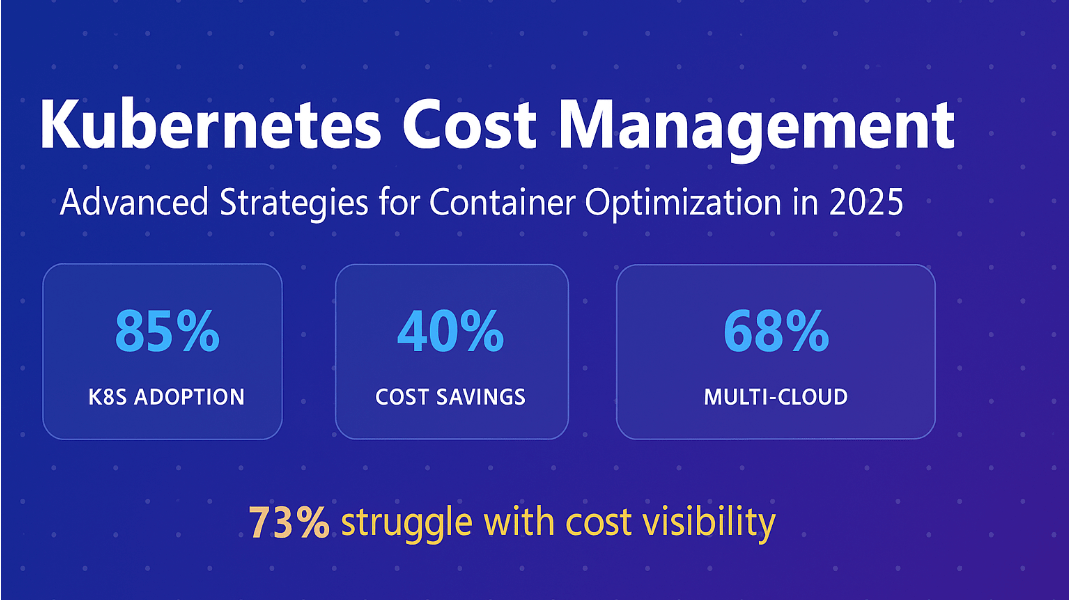
Kubernetes has revolutionized cloud-native application deployment, scaling, and management. By orchestrating containers across clusters of machines, it empowers businesses to build scalable, resilient, and flexible systems. However, with great flexibility comes complexity—especially when it comes to cost.
As organizations migrate to cloud infrastructures and expand their SaaS ecosystems, Kubernetes cost management has emerged as a top priority for IT leaders and financial controllers. According to industry forecasts, more than 85% of organizations will run containerized applications in production by 2025. Without proper governance, however, costs associated with compute, storage, networking, and SaaS integrations can spiral out of control.
This article explores advanced strategies for Kubernetes cost management in 2025, examining key challenges, best practices, and tools that enable organizations to achieve both financial efficiency and operational excellence.
The Rise of Kubernetes in the Cloud-Native Era
Kubernetes, originally developed by Google and now maintained by the Cloud Native Computing Foundation (CNCF), has become the de facto standard for container orchestration. Its adoption surged due to:
- Multi-cloud flexibility – support for AWS, Azure, GCP, and hybrid deployments.
- Scalability – automatic scaling based on workloads.
- Resilience – self-healing containers and load balancing.
- Developer agility – enabling CI/CD pipelines and rapid software delivery.
However, this flexibility also introduces cost visibility challenges. In a multi-cloud and SaaS-heavy environment, businesses struggle to track container-related expenses accurately. Kubernetes resources are abstract, shared, and dynamic—making it difficult to align costs with teams, projects, or departments.
Why Kubernetes Costs Spiral Out of Control
Unlike traditional infrastructure, Kubernetes workloads scale elastically, which means:
- Overprovisioning resources – Teams request more CPU and memory than needed.
- Idle or orphaned workloads – Containers continue running even when unused.
- Unlabeled resources – Lack of tagging makes cost allocation nearly impossible.
- Unoptimized storage and networking – Persistent volumes and ingress traffic can quietly accumulate hidden costs.
- Complex SaaS integrations – Third-party monitoring, CI/CD tools, and add-ons expand the spending footprint.
Without cost governance, these inefficiencies lead to uncontrolled spending and wasted cloud budgets.
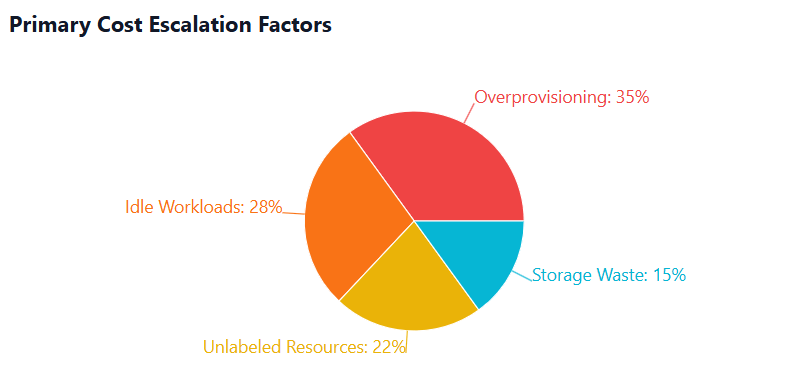
Advanced Strategies for Kubernetes Cost Management
1. Implement FinOps for Kubernetes
FinOps bridges the gap between finance, operations, and engineering teams. For Kubernetes, this means:
- Defining chargeback and showback models by namespace, label, or cluster.
- Using cost allocation tags to assign spending to departments or projects.
- Aligning workloads with business objectives rather than raw infrastructure consumption.
2. Rightsizing Containers
Rightsizing prevents over-allocation by matching actual usage with requested resources. Techniques include:
- Using Kubernetes metrics (CPU/memory utilization) for adjustments.
- Employing tools like Binadox Rightsizing to recommend optimal instance types and sizes.
- Automating scaling policies with Horizontal Pod Autoscalers (HPA).
3. Optimize Storage and Networking
Persistent volumes, ingress controllers, and load balancers often go overlooked in cost audits. Best practices include:
- Leveraging object storage instead of block storage when possible.
- Cleaning up unused persistent volumes.
- Optimizing ingress rules and consolidating load balancers.
4. Manage Multi-Cloud Deployments
Many enterprises run Kubernetes across multiple cloud vendors. Strategies to reduce costs include:
- Selecting cheapest regions and instance types per workload.
- Standardizing policies across AWS, Azure, and GCP.
- Using a single cost management platform like Binadox to centralize reporting and budgeting.
5. Automate Cost Governance
Automation ensures consistency and eliminates human error. Key automation strategies:
- Resource cleanup rules – automatically terminate idle workloads.
- Anomaly detection – flag unexpected spikes in container usage.
- Policy-based governance – prevent resource creation without labels.
6. SaaS and Kubernetes Cost Integration
Kubernetes doesn’t exist in isolation—it integrates with SaaS tools for monitoring, logging, CI/CD, and collaboration. Organizations should:
- Audit all SaaS subscriptions tied to Kubernetes workloads.
- Consolidate vendors to reduce duplication.
- Use Binadox SaaS management features to track renewals, license usage, and abandoned tools.
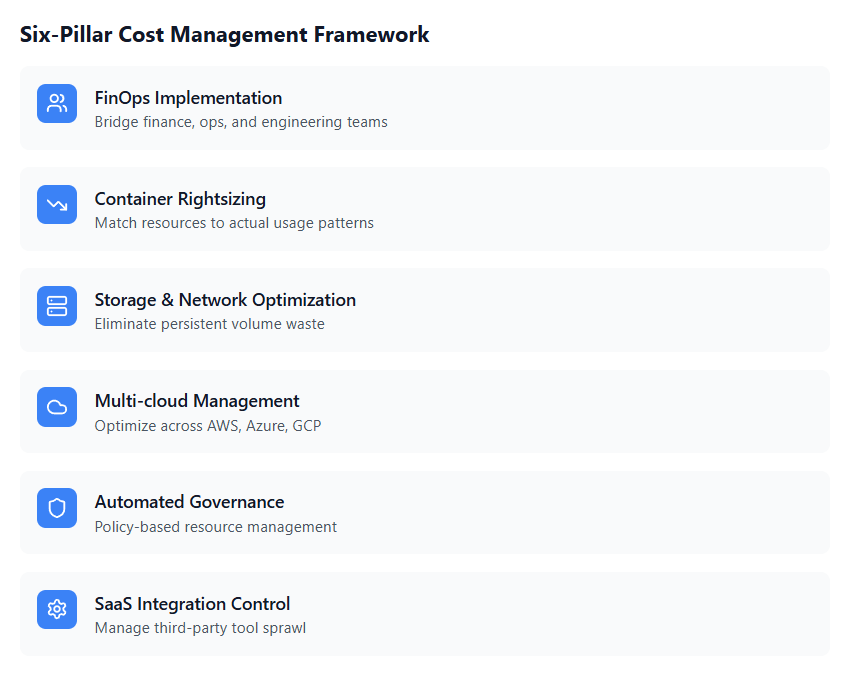
The Role of Binadox in Kubernetes Cost Management
Binadox provides end-to-end visibility for both cloud infrastructure and SaaS ecosystems. For Kubernetes-heavy organizations, this means:
- Cloud Dashboard – Unified cost visibility across AWS, Azure, GCP, and DigitalOcean.
- Rightsizing Recommendations – Optimize container workloads and suggest better instance sizes.
- Spend by Tags – Attribute costs to teams, regions, or applications.
- Cost Explorer – Detect anomalies and spikes in container usage.
- Automation Rules – Apply cost-saving actions automatically, reducing manual intervention.
- Renewals Calendar & License Manager – Ensure SaaS tools connected to Kubernetes clusters don’t cause unexpected billing cycles.
By consolidating Kubernetes and SaaS cost data into one platform, Binadox empowers IT and finance leaders to make data-driven optimization decisions.
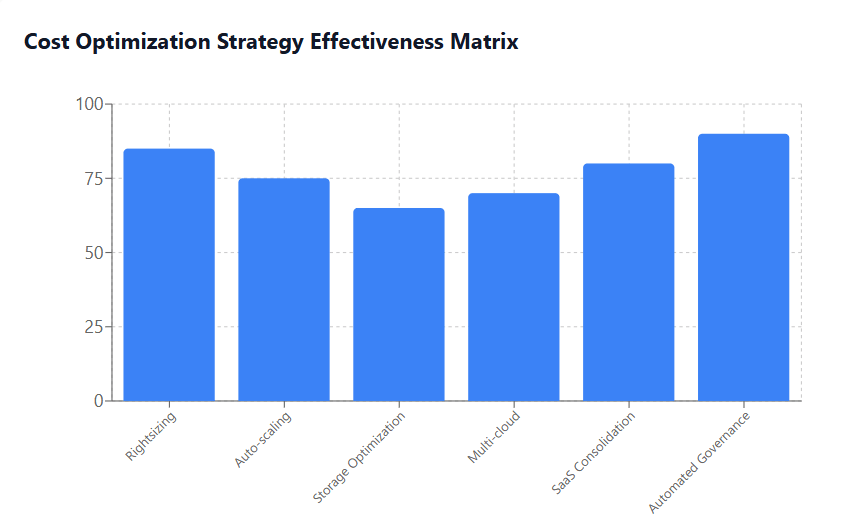
Emerging Trends in Kubernetes Cost Management (2025)
- AI/ML-Driven Optimization
- Predictive analytics will forecast workload demands.
- AI will auto-adjust scaling policies in real time.
- Edge Kubernetes Deployments
- With the rise of edge computing, Kubernetes will orchestrate workloads closer to users, demanding new cost models similar to SaaS distribution.
- Carbon-Aware Workload Scheduling
- Companies will optimize Kubernetes deployments based on renewable energy availability to meet sustainability goals.
- FinOps + DevOps Convergence
- Cost accountability will be embedded into CI/CD pipelines, making developers directly responsible for financial efficiency.
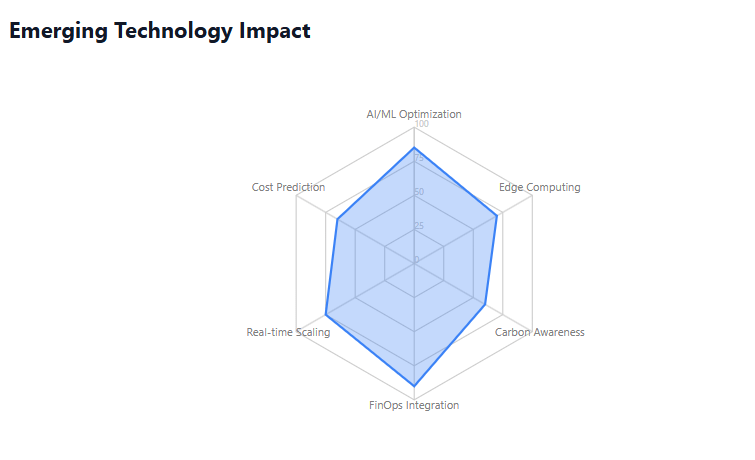
Best Practices Checklist for Kubernetes Cost Management
✔ Label and tag every resource by project, team, or department.
✔ Continuously monitor and rightsize workloads.
✔ Automate cleanup of idle or orphaned resources.
✔ Consolidate SaaS subscriptions connected to Kubernetes clusters.
✔ Integrate cost management into CI/CD pipelines.
✔ Use platforms like Binadox for unified cloud and SaaS visibility.
Conclusion
Kubernetes cost management in 2025 requires more than just cloud cost monitoring—it demands a holistic strategy that integrates FinOps, rightsizing, automation, and SaaS governance. As organizations scale their Kubernetes workloads across multi-cloud and edge environments, the ability to control costs while maximizing performance becomes a defining competitive advantage.
Platforms like Binadox provide the visibility, automation, and actionable insights needed to keep both Kubernetes and SaaS costs under control. By adopting these advanced strategies, businesses can ensure that their containerized infrastructure remains not only agile and resilient but also cost-effective and sustainable.

